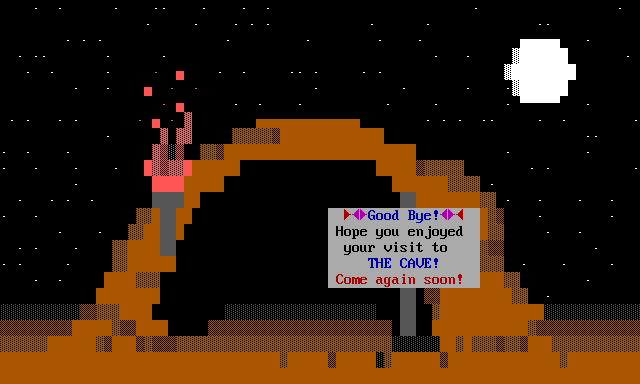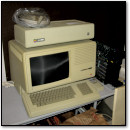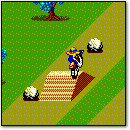[ Retro Scan ] TRS-80 on Christmas Morning
December 5th, 2016 by Benj Edwards “Santa left us Trash for Christmas, and we like it!”
“Santa left us Trash for Christmas, and we like it!”
Radio Shack always knew how to market at Christmas (see links below). In the 1970s and ’80s, the firm produced more Christmas-themed computer ads than any other company in the US.
Here’s one of the earliest ones from 1978. It features the company’s first personal computer, the TRS-80, which first launched in 1977. After other models of TRS-80 computer came out, Radio Shack began referring to it as the “Model I.”
But that wasn’t the only name this pioneering computer earned. The original TRS-80 was the first personal computer my dad ever bought, not long after it launched. He found it frustrating, sold it, and later bought an Atari 800 for my brother — then hand-built an Apple II clone for himself.
Thereafter, my dad always referred to that first TRS-80 as his “Trash-80,” which was a common nickname for the computer. It could double as a derogatory play on words or a beloved pet name, depending on whom you asked. For my dad, I suspect it was more of the former than the latter.
Discussion Topic: What’s the worst present you’ve ever received for Christmas?
—
See Also:
A Very TRS-80 Christmas (RSOTW, 2006)
Hot CoCo (2) for Christmas (RSOTW, 2007)
Give The Gift of TRS (RSOTW, 2009)
Santa’s TRS-80 CoCo (RSOTW, 2014)













